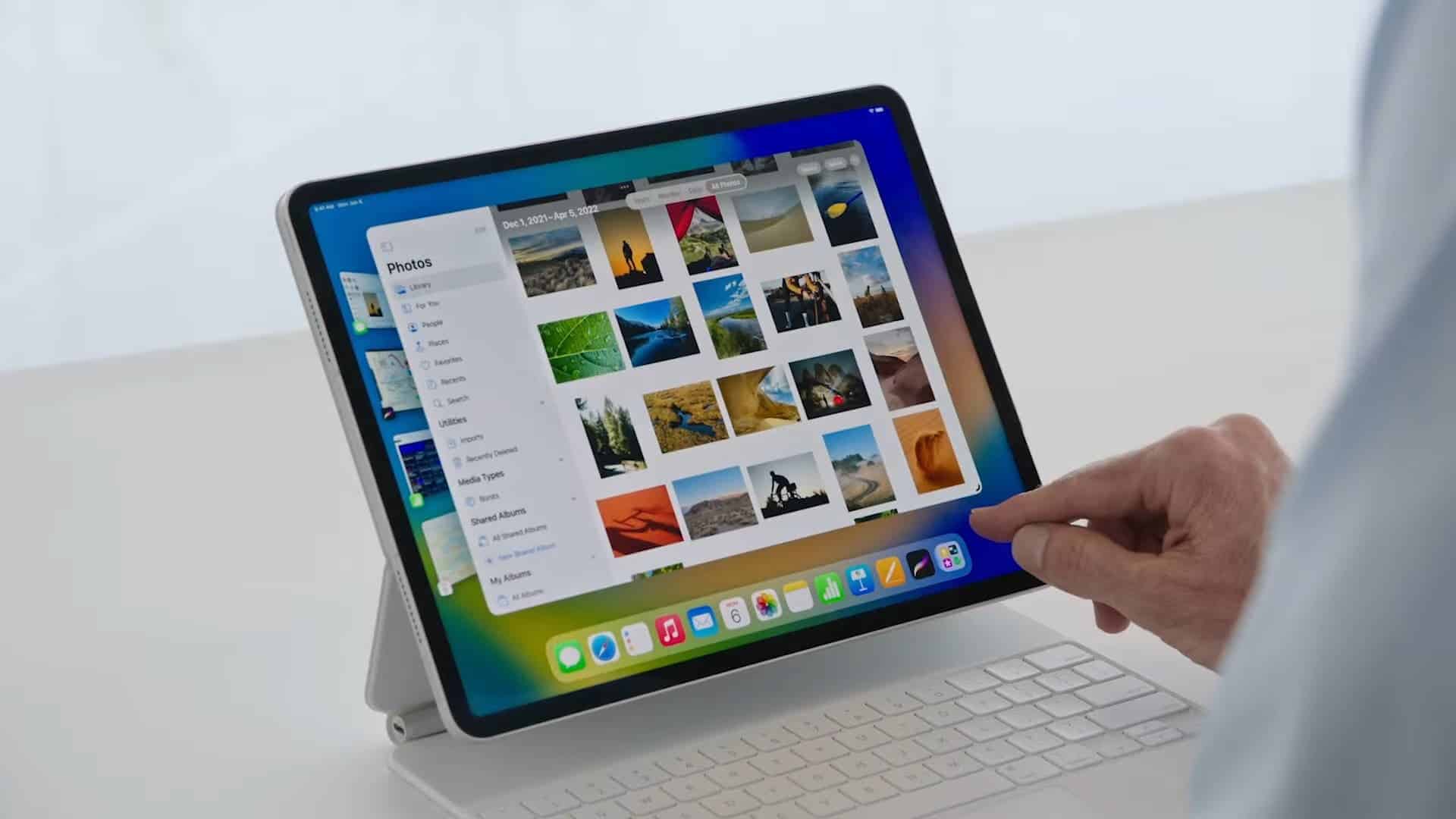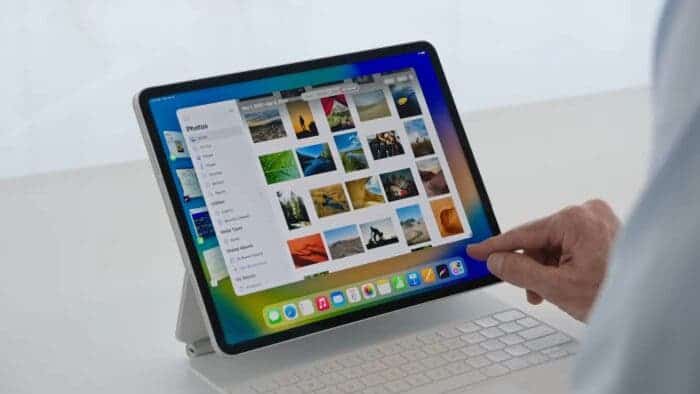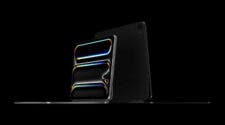Apple recently launched the 2024 iPad Pro, which includes a version that supports cellular networks. However, IT Home noticed that Apple has adjusted the cellular network support on the 2024 iPad Pro. The main change is the removal of support for the millimeter wave 5G frequency band.

Millimeter Wave 5G: Pros and Cons
5G cellular networks in the millimeter wave band are currently commercially available mainly in the United States and offer certain advantages in bandwidth compared to the traditional Sub-6GHz band. However, millimeter wave 5G signals have weak penetration, and the coverage of a single base station is also small. This makes millimeter wave 5G relatively suitable for crowded places such as stadiums but not suitable for home environments with many signal blockers.
Pros of Millimeter Wave 5G:
1. Increased Bandwidth: Millimeter wave 5G provides more bandwidth to accommodate more subscribers.
2. Suitable for Small Cells: The narrow bandwidth in the millimeter range makes it suitable for use with small cells.
3. Non-Line-of-Sight Coverage: Coverage is not limited to the line of sight due to feasible primary scatter paths.
4. Channel Probing: Utilizes channel probing to consider different types of mmWave frequency loss for optimal 5G network performance.
5. Compact Antennas: Many antennas can be packaged in smaller sizes due to the physically smaller size of their antennas.
6. High Speeds: Supports multi-Gigabit backhaul up to 400 meters and cellular access up to 200-300 meters.
Cons of Millimeter Wave 5G:
1. Limited Signal Penetration**: Signals in millimeter-wave networks cannot travel as far as those in Sub-6 GHz 5G and LTE or 4G networks.
2. Weather Sensitivity: Signal strength drops slightly in rain, affecting connection quality, especially at the edge of a millimeter-wave base station range.
3. Power Consumption: Devices using millimeter frequency may experience intensive power consumption, especially when connected to 5G networks.
4. Cost of Deployment: Deploying mmWave 5G networks is more expensive than deploying networks based on the sub-6 GHz specification due to the need for more base stations.
5. Interference: Operation of millimeter wave radar can be affected by interference from nearby electric poles, cellular towers, and WiFi/cellular hotspots.

iPad Pro Usage Scenarios and Millimeter Wave 5G
Considering that the general usage scenario of the iPad Pro is indoors, the benefits of supporting millimeter wave frequency bands are naturally not as good as those of the iPhone. Also, the problem of poor coverage of millimeter wave bands has led to the insufficient willingness of North American operators to build relevant base stations. The result of this is that only a few areas can receive 5G signals in millimeter wave bands.
Gizchina News of the week
Cancellation of Millimeter Wave 5G Support
Given these two backgrounds, it is reasonable for the 2024 iPad Pro to cancel millimeter wave band 5G network support. Apple has cancelled support for the three 5G millimeter wave frequency bands n258, n260, and n261 on the 2024 iPad Pro. In addition to cancelling support for millimeter wave 5G, Apple has also fine-tuned other cellular network support for the 2024 iPad Pro:
- In terms of Sub-6GHz frequency band 5G signals, it adds support for n75 and n76 frequency bands
- Support for band 46 of the 4G signal TD-LTE standard has been cancelled.
Implications for Users
Apple’s decision to discontinue support for the millimeter wave 5G frequency band on the 2024 iPad Pro models means that the new iPad Pro only supports 5G cellular on sub-6 GHz spectrum and LTE on 31 bands. The implication for users is that they will not be able to access the ultra-fast speeds and low latency benefits that mmWave technology offers. While mmWave enables high wireless speeds, it has limitations such as shorter transmission distances and difficulty penetrating obstacles like glass or trees, making it more suitable for densely populated areas.
Since mmWave deployment is limited, especially outside the US, Apple has opted to exclude this feature from the new iPad Pro models to focus on broader compatibility and cost-effectiveness. Users in regions where mmWave is not prevalent may not notice a significant impact, as sub-6 GHz 5G provides broader coverage but at slightly slower speeds compared to mmWave technology.

Conclusion
Apple’s decision to discontinue support for the millimeter wave 5G frequency band on the 2024 iPad Pro models reflects a strategic shift towards optimizing compatibility and cost-effectiveness for users worldwide. By removing support for the millimeter wave bands n258, n260, and n261, Apple has focused on enhancing support for Sub-6GHz frequency bands like n75 and n76 for 5G signals while canceling support for band 46 of the 4G signal TD-LTE standard. This adjustment means that the new iPad Pro models will only support 5G cellular on the sub-6 GHz spectrum and LTE on 31 bands.
The implications for users are twofold. On one hand, users will not have access to the ultra-fast speeds and low latency benefits that millimeter wave technology offers. However, since millimeter wave deployment has limits, especially outside the US, users in regions where this technology is not prevalent may not experience a significant impact. Sub-6 GHz 5G, although slightly slower, provides broader coverage and is more suitable for areas with obstacles like glass or trees.
In conclusion, Apple’s decision to exclude millimeter wave 5G support from the 2024 iPad Pro models aligns with a global perspective, prioritizing broader network compatibility and ensuring a more cost-effective approach for users worldwide. This adjustment aims to provide a more balanced and practical 5G experience for users across different regions, focusing on reliability and accessibility over ultra-high speeds in limited deployment areas. What do you think about Apple’s decision? Let us know in the comment section below





